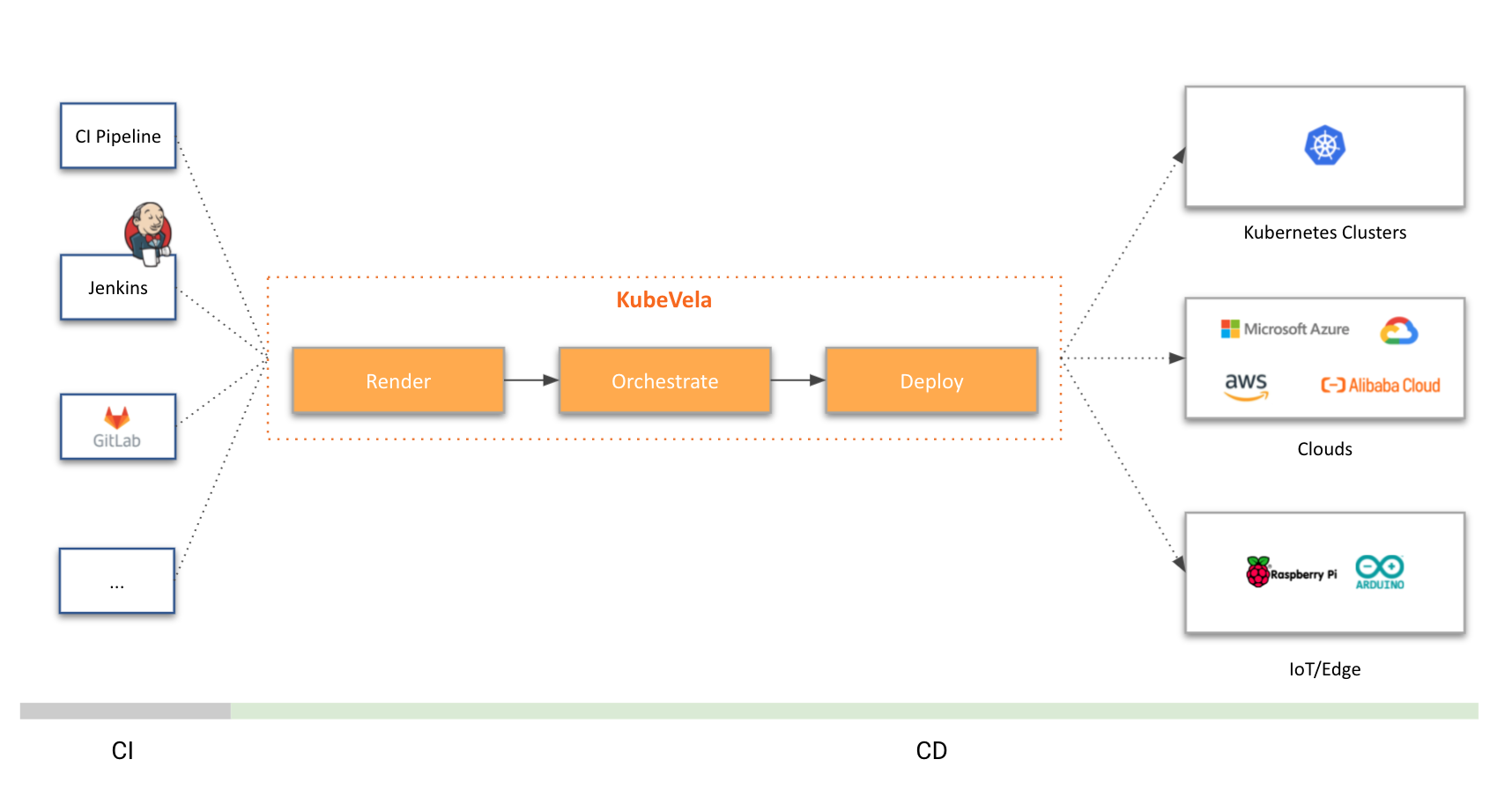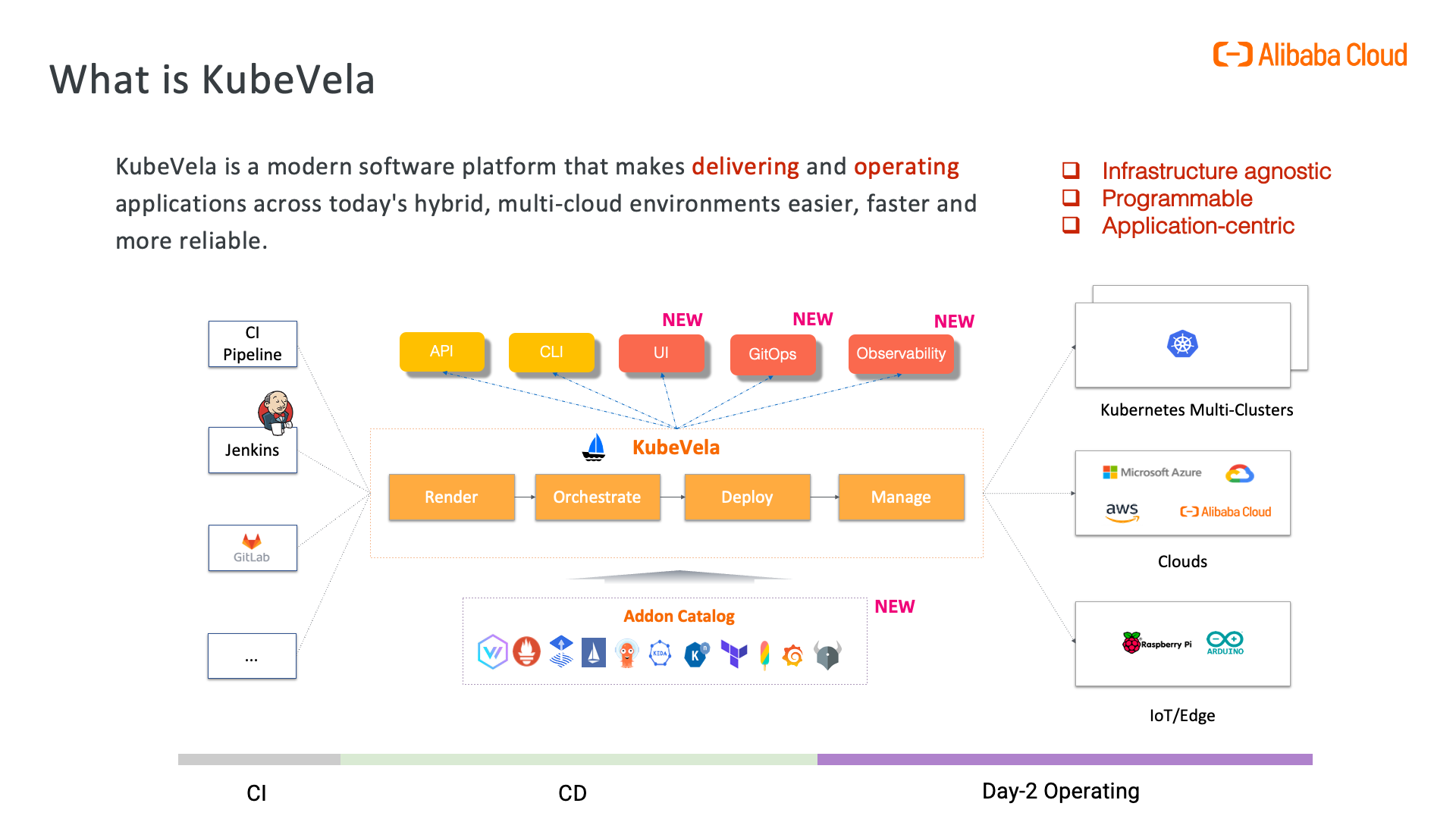Hello, I am Junyu Liu (GitHub: iyear), currently a sophomore majoring in software engineering. In this blog post, I will share my experiences as a Linux Foundation Mentorship mentee: from applying for the project to becoming part of the community.
In the spring of 2023, I was accepted as a CNCF student under the KubeVela project through LFX Mentorship. In this project, I am responsible for developing a CUE code and documentation generator based on Golang from scratch, laying the foundation for the infrastructure part of KubeVela's future extensibility.


